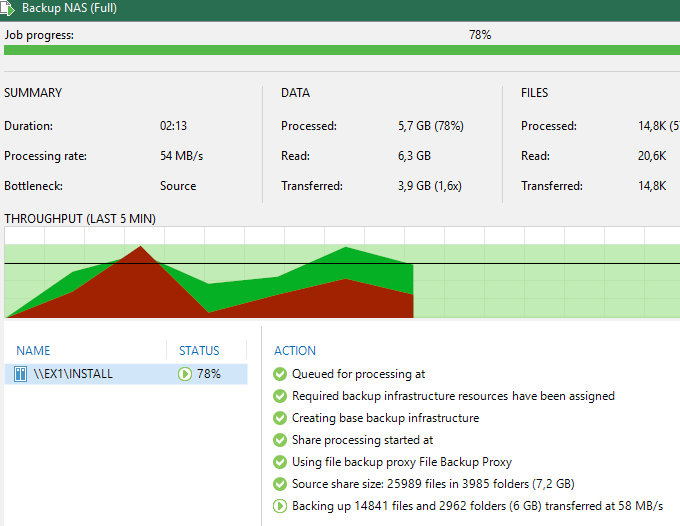

Best practices are 3-5% on yearly growth, and we’ll go ahead and leave it at five. Set your source terabytes we’ll go ahead and leave that at 10.Įnter your quantity of VMs and assume you want to use an eight-hour backup window. So we’re going to go ahead and choose VMware, and then we have site B, so any backup copies by design are going to go to site B. We are just going to go ahead and call it “main job,” and then it’s going to be VMware, and we do have the option of VMware agent as the backup type. So this is going to be an active workload, the workload name. Whenever you go to this site, it will bring you to your dashboard, telling you to add a workload. The workload sizing tool looks at your production data and gives you an idea of what type of data stores you need and what repositories you would need based on your requirements. We have a couple of those today, and we just wanted to clarify that this isn’t associated with. They are were created by Veeam solutions architects and the Veeam community.

Now, anytime you see these links that are Veeam.bp.com, these are not associated with Veeam. We are going to start with a workload sizing tool. These tools will help answer questions about the “unknown,” and we’re going to show those to you today. We need to look at your CPU resources, network, disk latency, and things like that, and solve problems. Sometimes it’s not just about having an idea of the data you’re trying to protect. We use these tools all the time, so we’re very familiar with each of them.Īs a Veeam-certified architect, Steven utilizes these tools to enhance the solution, fill in the gaps, and give you different views. At Global Data we are often asked, “How do I know how much bandwidth I need, or how many restore points can I keep? And I’ve got THIS amount of storage.” We’re going to run through some tools today that will show you how you can calculate that. Today we are talking about free backup tools.


 0 kommentar(er)
0 kommentar(er)
